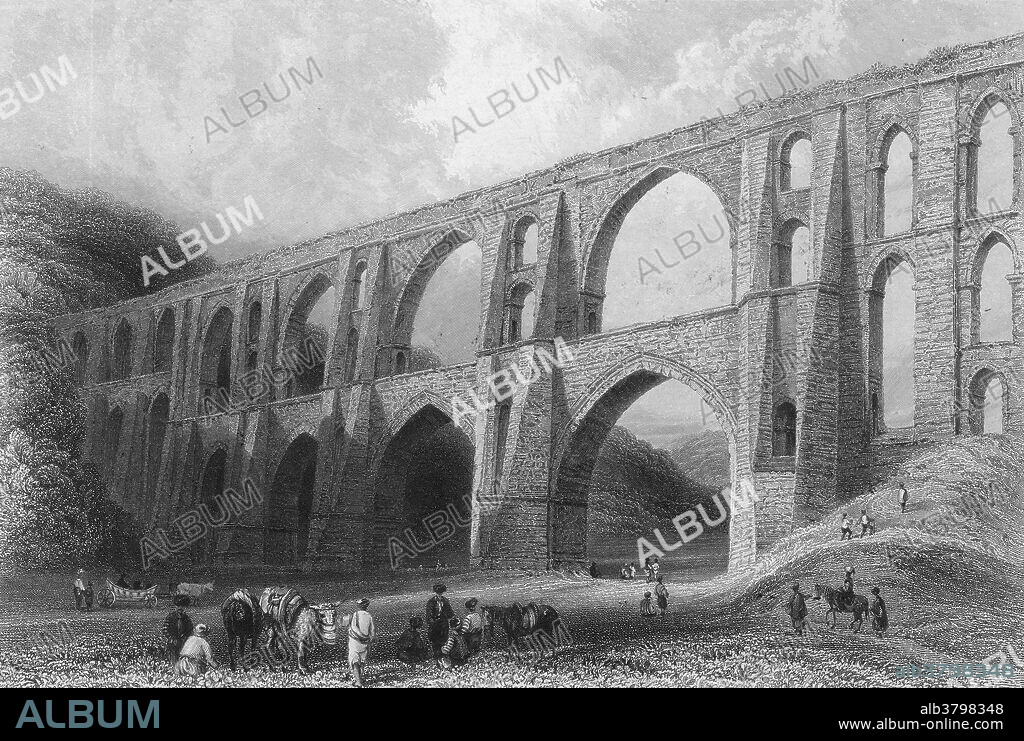alb3798348
Aqueduct of the Emperor Valens

|
Añadir a otro lightbox |
|
Añadir a otro lightbox |



¿Ya tienes cuenta? Iniciar sesión
¿No tienes cuenta? Regístrate
Compra esta imagen

Título:
Aqueduct of the Emperor Valens
Descripción:
Ver traducción automática
The Valens Aqueduct is a Roman aqueduct which was the major water providing system of the Eastern Roman capital of Constantinople (modern Istanbul, Turkey). The exact date that construction on the aqueduct began is uncertain, but it was completed in the year 368 during the reign of Roman Emperor Valens, whose name it bears. The Romans constructed numerous aqueducts to bring water from distant sources into their cities and towns, supplying public baths, latrines, fountains and private households. Waste water was removed by complex sewage systems and released into nearby bodies of water, keeping the towns clean and free from effluent. Some aqueducts also provided water for mining operations and the milling of grain. Aqueducts moved water through gravity alone, being constructed along a slight downward gradient within conduits of stone, brick or concrete. Where valleys or lowlands intervened, the conduit was carried on bridgework, or its contents fed into high-pressure lead, ceramic or stone pipes and siphoned across. Most Roman aqueducts proved reliable, and durable; some were maintained into the early modern era, and a few are still partly in use.
Crédito:
Album / Science Source / New York Public Library
Autorizaciones:
Modelo: No - Propiedad: No
¿Preguntas relacionadas con los derechos?
¿Preguntas relacionadas con los derechos?
Tamaño imagen:
3177 x 2133 px | 19.4 MB
Tamaño impresión:
26.9 x 18.1 cm | 10.6 x 7.1 in (300 dpi)
Palabras clave:
ACUEDUCTO ROMANO • ACUEDUCTO • ANTIGÜEDAD • ARCO • ARCOS • ARQUITECTONICO • ARQUITECTURA • ARTE • BLANCO Y NEGRO • CIVILIZACION ANTIGUA • CONSTANTINOPLA • CULTURA ANTIGUA • DIBUJO • DISEÑO • EDIFICIO • EMPERADOR VALENTE • FLUJO DE AGUA • HISTORIA • HISTORICO • ILUSTRACION • IMPERIO ROMANO • INGENIERIA CIVIL • INGENIERÍA • OBRA ACUATICA • OBRA DE ARTE • PAVO COMÚN (MELEAGRIS GALLOPAVO) • PUENTE • ROMANO
 Pinterest
Pinterest Twitter
Twitter Facebook
Facebook Copiar enlace
Copiar enlace Email
Email
